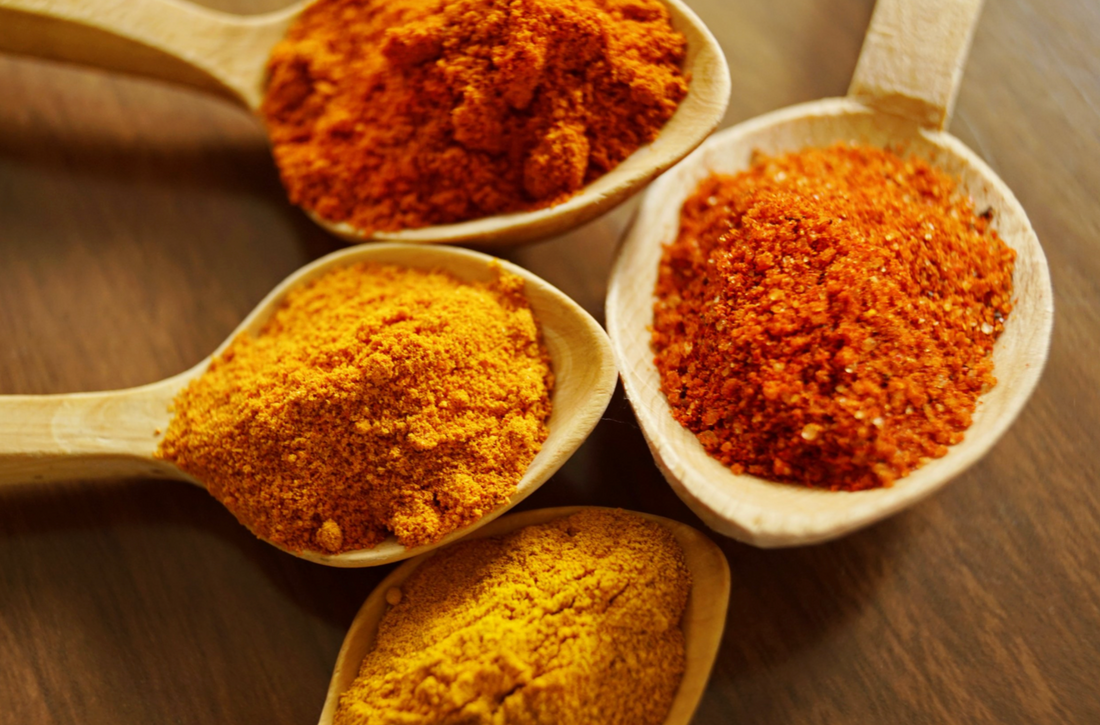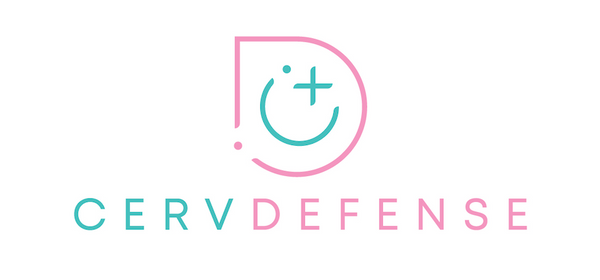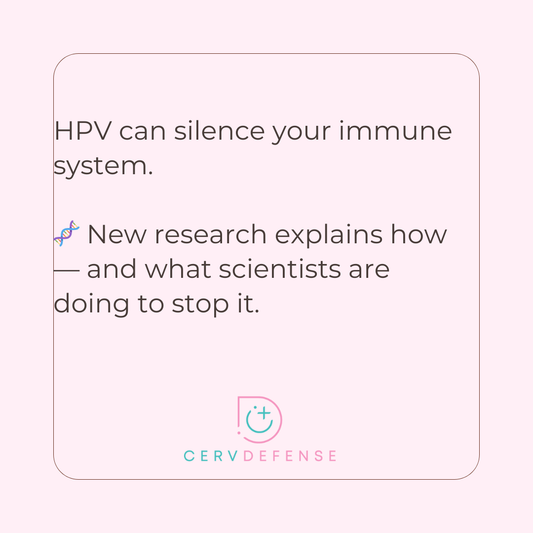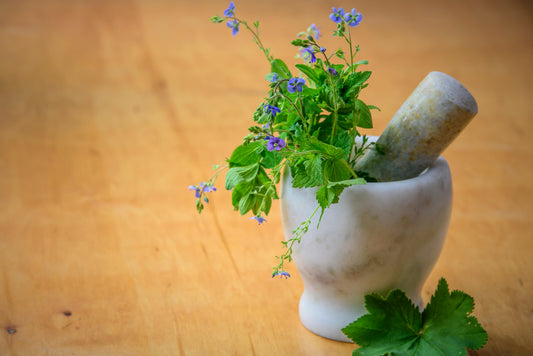
Clearance of cervical human papillomavirus infection by topical application of curcumin: a phase II randomized controlled study
Share
A recent study in the Asian Pacific Journal of Cancer Prevention challenges the notion that vaccination and watchful waiting are the sole solutions for HPV infection. Titled "Clearance of Cervical Human Papillomavirus Infection by Topical Application of Curcumin and Curcumin Containing Polyherbal Cream," the study pioneers a safe and effective therapeutic approach for treating established cervical HPV infections. This research, the first of its kind, highlights the self-limiting nature of HPV infection, showing that it naturally clears in 73.3 percent of untreated cases within 37 days. The study focused on women with HPV infections detected through Pap smear and HPV DNA tests, but without high-grade cervical neoplasias. The interventions involved a polyherbal vaginal cream (Basant) and a curcumin vaginal capsule, both proving effective in increasing HPV clearance rates. Notably, even the placebo group experienced a 73.3 percent clearance rate, underscoring the body's ability to naturally eliminate HPV infections. Despite the higher clearance rates with herbal interventions, the study emphasizes the well-documented fact that most HPV infections are self-limiting, with the immune system playing a crucial role in spontaneous clearance. This aligns with previous studies demonstrating the regression of HPV-associated lesions without aggressive treatments. The results challenge the prevailing belief that only vaccination and watchful waiting can address HPV infections. Instead, they encourage recognizing the inherent power of the human body and natural plant compounds, such as curcumin, in maintaining health and combating infections. The study reinforces existing research on curcumin's anti-cancer properties, suggesting its potential as a valuable agent in the fight against HPV. Read more here.



